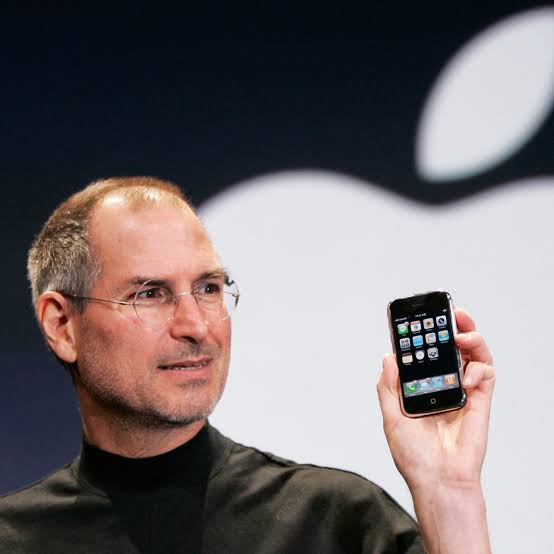In the annals of technological history, few moments have been as pivotal as the first iPhone demo by Steve Jobs on January 9, 2007. With the world’s tech enthusiasts and media gathered in anticipation, Jobs took the stage at the Macworld Conference & Expo in San Francisco to unveil a device that would forever change the landscape of mobile technology.
Leading up to the event, rumors swirled about Apple’s secret project, codenamed “Project Purple.” The speculation surrounding the device only heightened the sense of anticipation, as industry insiders and consumers alike wondered what the legendary Apple co-founder had up his sleeve.
As the curtains drew back, Steve Jobs confidently introduced the iPhone to the world. The sleek, touchscreen device boasted a host of innovative features that had never been seen before in a smartphone. The audience gasped as Jobs showcased the device’s multi-touch screen, allowing users to pinch, zoom, and swipe effortlessly. He demonstrated visual voicemail, a novel concept that streamlined the process of listening to voice messages. The iPhone’s internet browsing capabilities, powered by a full-fledged Safari browser, further impressed the audience.
Behind the scenes, a team of Apple engineers anxiously watched the presentation. For years, they had toiled tirelessly, pouring their expertise and creativity into making the iPhone a reality. The pressure to deliver a flawless performance weighed heavily on their shoulders. Although they believed in the product, the fear of technical glitches or negative reception gnawed at their confidence.
Months of meticulous preparations had gone into the iPhone demo. The engineers had conducted extensive technical testing, ensuring that the iPhone’s functionalities worked seamlessly. They carefully selected and rehearsed the scenarios that Steve Jobs would demonstrate, focusing on showcasing the device’s most impressive and innovative aspects. Backup devices were prepared, ready to be switched in should any technical issues arise during the live presentation.
Rehearsals with Steve Jobs had been frequent, allowing him to familiarize himself with the iPhone’s functionalities and the script he would follow during the demo. The timing and flow of the presentation were meticulously coordinated to keep the audience engaged and excited at every step.
During one of the rehearsals, fate dealt the Apple team an unexpected blow. The iPhone, which was set to shine on stage, crashed when Jobs attempted to demonstrate the Safari web browser’s capabilities. The engineers quickly sprang into action, troubleshooting the issue, and devising a swift solution to prevent such a mishap during the live event.
Despite the rehearsal hiccup, Steve Jobs masterfully captivated the audience during the iPhone demo. His showmanship, combined with the device’s groundbreaking features, elicited cheers and applause from the crowd. The nervous engineers, having addressed potential issues and fine-tuned their preparations, breathed a collective sigh of relief as their creation garnered resounding praise from both the media and the public.
The impact of the first iPhone demo was immediate and far-reaching. The smartphone industry underwent a seismic shift, and Apple’s iPhone became the gold standard for mobile devices. With each subsequent iteration, the iPhone continued to redefine the way people interacted with technology, shaping modern communication and paving the way for the mobile app revolution.
The first iPhone demo by Steve Jobs will forever be etched in history as a pivotal moment in the tech world. It showcased not only a revolutionary device but also the unparalleled innovation and ingenuity of the Apple team. The nerves of the engineers were replaced with pride as they overcame the rehearsal crash and ensured the iPhone’s live event went off without a hitch, leaving an indelible mark on the world. Their resilience and dedication laid the foundation for the iPhone’s success, forever changing the way we connect, work, and live in the digital age.
